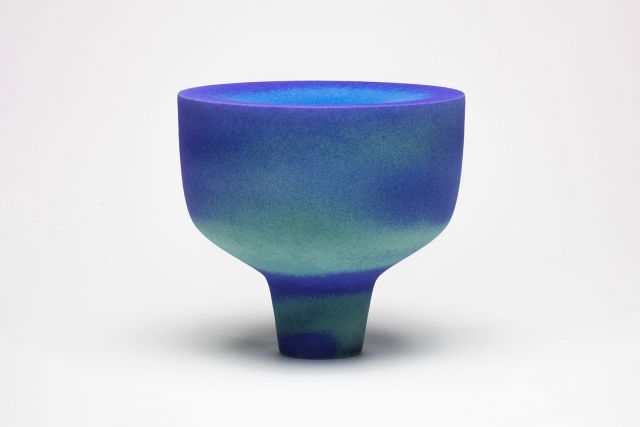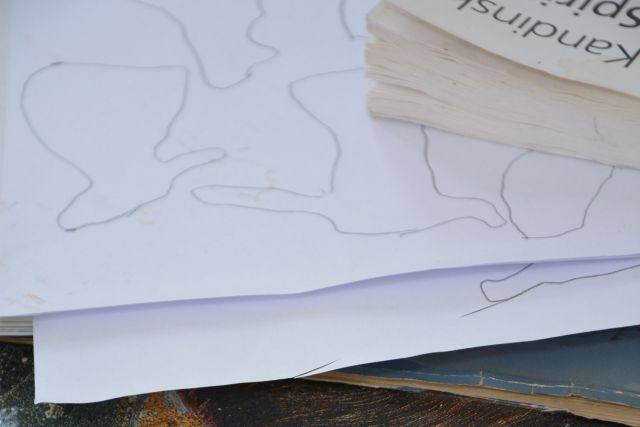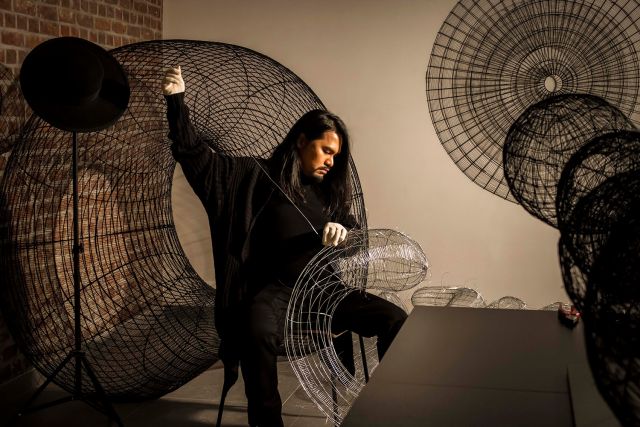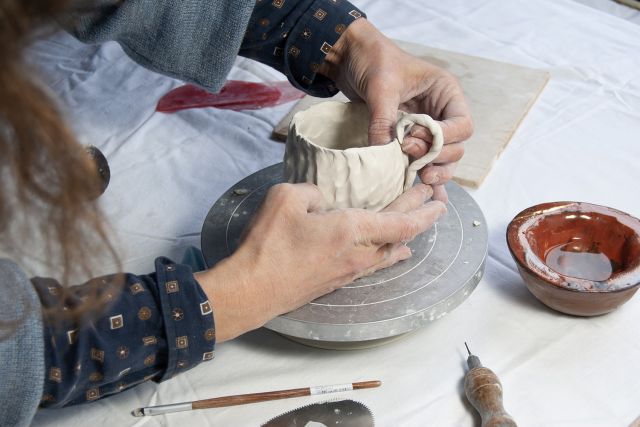The exterior of this hand-turned ceramic vessel is covered with a glaze applied with a paint-sprayer. Antonino believes the decoration process is a fundamental step in the creation of his ceramic vessels. Only one colour tone was used. The different depths of colour were achieved by applying more or fewer coats of the glaze.
Width 32 cm
Height 19 cm

 spoto_00007.jpg.jpeg)
 ©Chloé Spoto (4).jpg.jpeg)
 DSC_0211.JPG.jpeg)

Antonino Spoto
- Ceramicist
- Mont-sur-Marchienne, Belgium
- Master Artisan
- Recommended by BeCraft
By appointment only
+32 497621313
The healing power of ceramics
- • Antonino is a doctor as well as a ceramicist
- • An art history course led him to ceramics
- • His objects draw on his work in pain management
Antonino Spoto is an anaesthesiologist who, for the past 30 years, has specialised in pain management therapy. “I deal with the terminally ill, and I opened a centre dedicated to palliative care in the region of Charleroi, where I live. This is my main occupation,” he says. His passion for ceramics developed later, but he became so engrossed that he devoted all his free time to this craft, becoming increasingly proficient. “I have always loved art, and it has always been part of my life, but for many years I tackled it in a rather ‘primitive’ way. Then one day I decided to enroll in an art history course at the Academy in Charleroi. Those theoretical courses instilled a desire to create things with my own hands.”
Read the full interviewWorks
Photo: © dbastin

Photo: © dbastin
The surface of this turned ceramic vessel has been decorated with glaze applied with a paint-sprayer. Yellow and blue glazes were combined to create the green hue of the exterior surface. Antonino particularly savours the colouring process, considering it an essential step in the creation of his pieces. He discovered this enamelling technique during his studies and has since made it his own.
Width 30 cm
Height 21 cm

Photo: © dbastin
Only one colour tone was used to decorate this turned ceramic vessel. The different tones were achieved by using a spray gun to apply varying quantities and layers of glaze. Antonino particularly savours the colouring process, considering it an essential step in the creation of his pieces. He discovered this enamelling technique during his studies and has since made it his own.
Width 17 cm
Height 16 cm

Photo: © dbastin
Antonino found the vibrant yellow glaze used in this piece in the closing-down sale of a ceramics factory in a nearby town. Initially unsure how such a strong colour would work with others, he found it went surprisingly well with brown. He crafted a number of pieces using the glaze from the factory but has since been unable to recreate it or find it elsewhere.
Width 23 cm
Height 28 cm

Photo: © dbastin
The shape of this deep-orange ceramic vessel was achieved by flattening pieces of clay using a press. The “pressed” clay was then carefully shaped into a form so light, it can be rocked by a slight gust of wind. Antonino applied the final colour to the vessel using a paint-sprayer. He used just one colour but created different tones by applying varying quantities and layers of that colour.














